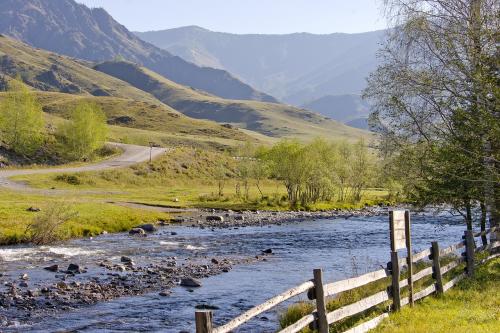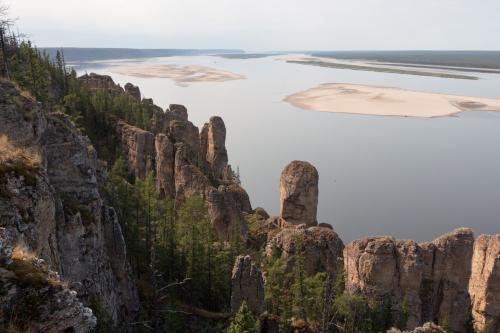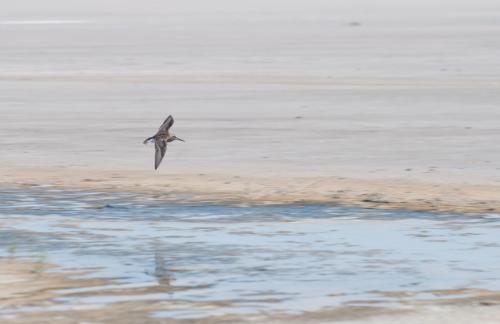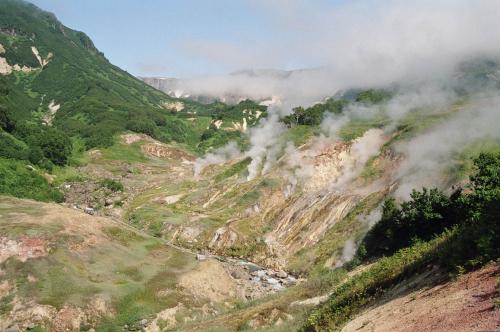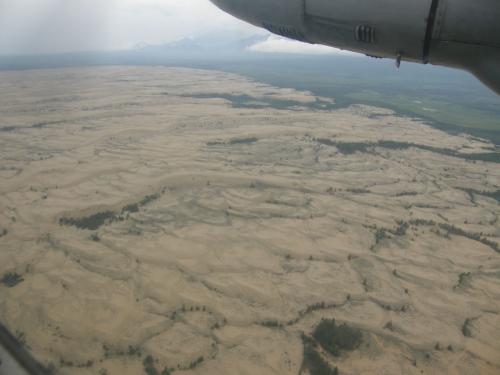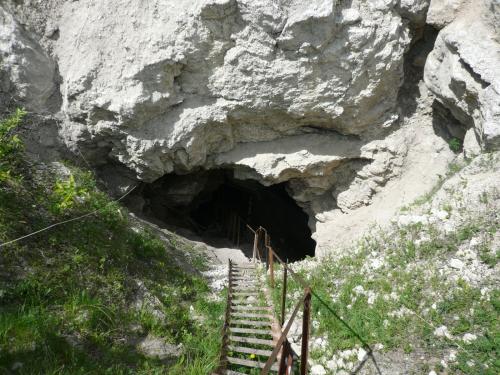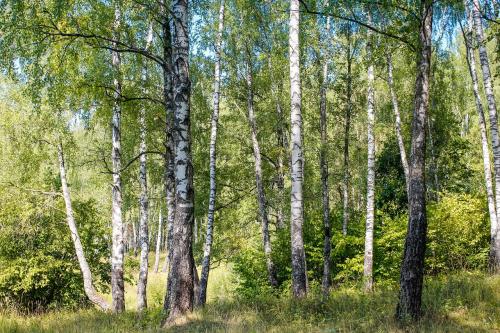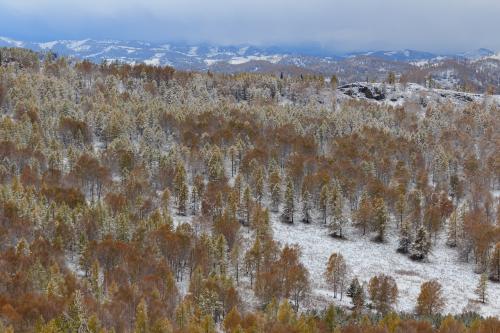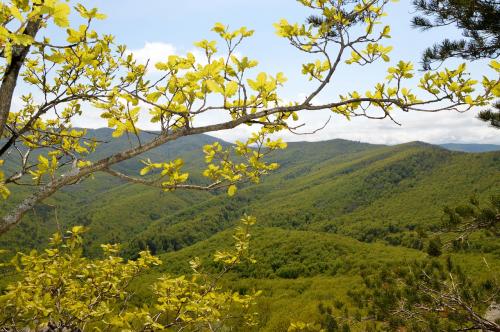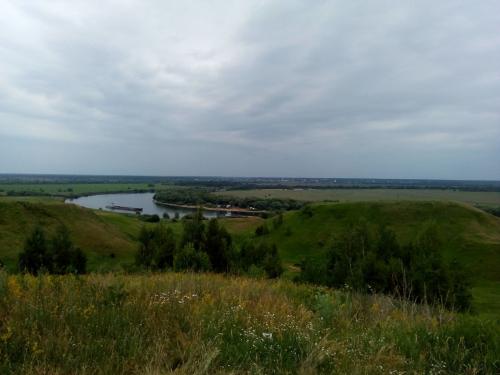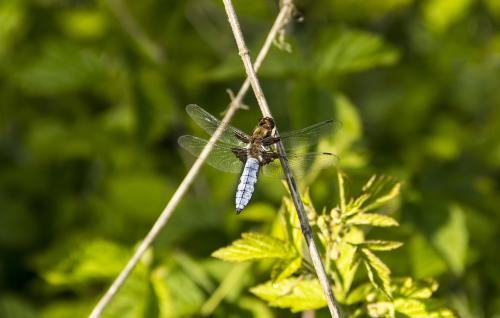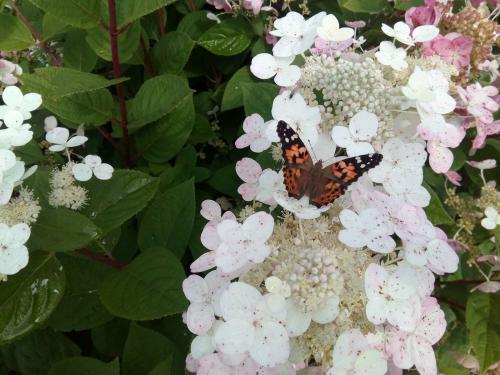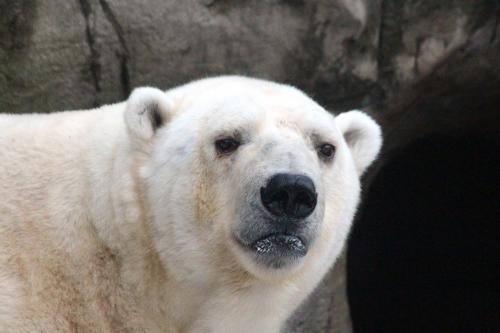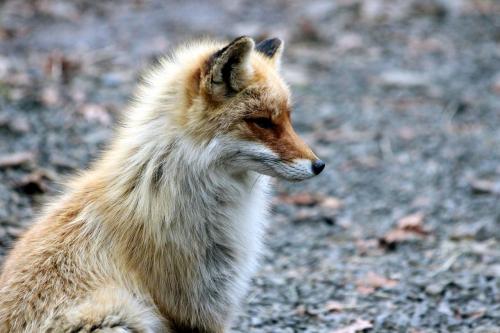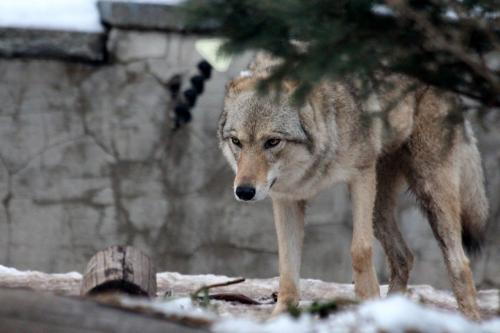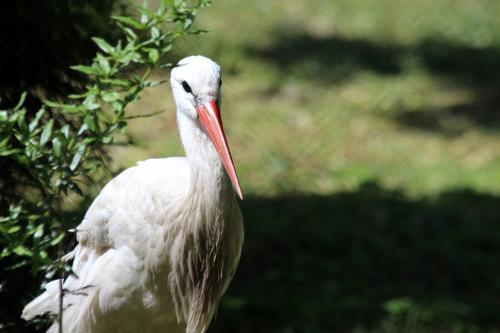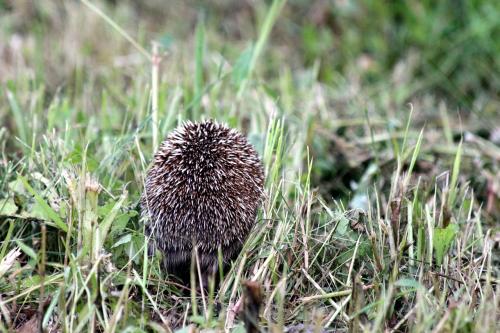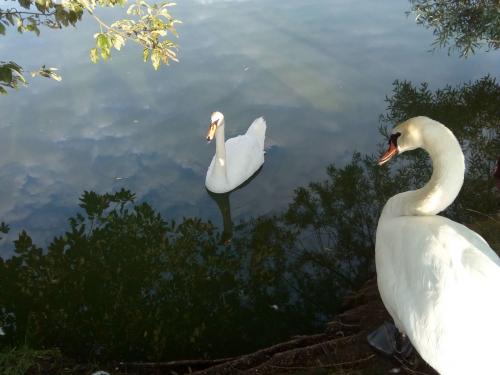Nature of Russia
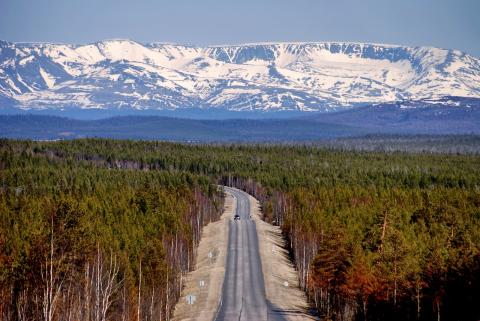
Russia has the biggest territory in world. It occupies third part of the Eurasia Continent 23% of territory in Eastern Europe and 76% in northern part of Asia. There is wide range of weather conditions and relief in Russia. In general 70% of countries territory is plain, while southern and eastern regions are mountainous.
Ranges of the Greater Caucasus are stretching in southern part of European Russia. Southern and north-eastern Siberia has several mountain ranges too as well as Russian Far East. Kamchatka Peninsula is the land of volcanoes. Some of them are active. The country is washed by the Pacific and the Arctic Oceans as well as the Black, the Baltic Sea and the Sea of Azov.
(Altai Mountains)
Russia lies in four zones of climate: arctic, subarctic, temperate and partially in subtropical. In addition weather conditions vary due to features of relief and closeness to major bodies of water. Temperature averages of January are varying from 6 °C (43 °F) to -50 °C (-58 °F). July average is between 1 °C (34 °C) and 25 °C (77 °C) and range of annual precipitation is 150-2000 mm (6-78”). Around 65% of countries’ territory has permafrost grounds.
Places in Russia
Nature sights of Russia are numerous and variable just like its vast territories, people and weather. There are rivers, mountains, coasts, islands and huge areas of untouched nature especially in Asian part of the country.
Lena Pillars
(Lena Pillars, Olekminsky District, Yakutia. Author: SilentSpider)
Lena Pillars are exciting rock formations on banks of the Lena River not far from the city of Yakutsk. Peculiar vertical rocks 150-300 m (492-984 ft.) tall are stretched for 180 km (112 mi). Formation of the pillars took place around 500 million years ago.
Lake Elton
(Broad-billed Sandpiper Calidris falcinellus on Lake Elton in summer. Author: Chekanov Pavel)
The biggest salty lake in Russia is located in Volgograd Oblast, near the border with Kazakhstan. It has area of 152 km2 (58 sq. mi.) and only 60 cm (2 ft.) deep. During summers it may become 1.5 times saltier than the Dead Sea. Only bacteria and unicellular algae are able to survive in such conditions.
Valley of Geysers
(Geyser Valley View, Kamchatka. Author: Robert Nunn)
Near eastern coast of the Kamchatka peninsula there is the second biggest geyser fields of the world. There are over 20 major geysers and numerous hot springs that are erupting water or steam. Unfortunately it is almost unreachable by common transportation means.
Chara Sands
(Charsky Sands, Kalarsky district: view from the plane. Author: Alvarets)
In the middle of dense taiga, snow-capped mountains and vast swamps of Siberia there is local desert. Chara Sands has area of 50 km2 (19 sq. mi). There no transition zone between surrounding forests and the desert.
Orda Cave
(Entrance to the Orda cave. Author: Maximovich Nikolay)
Underneath western Ural Mountains there is the longest underwater crystal gypsum cave. Water in the cave is exceptionally clear, transparent and has temperature of 4 °C (39 °F). Underwater part of the cave stretches for 4.8 km (3 mi.) making one of the longest underwater caves in the world.
Flora of Russia
(Birch Grove)
Russian Flora includes 11 thousand species of plants, over 10 thousand species of algae and around 5 thousand species of lichens. There several typical types of vegetation in Russia: tundra, forest, steppe, desert, meadow and bog.
(Pine forests)
Plants in tundra had adapted for short and cool vegetation, so most of them are perennial. Forests occupy around 45% of countries’ territory and up to 80% of them are coniferous.
(The Caucasus, Krasnodarskiy Kray)
Broad-leafed forests are common on East European Plain, in northern parts of Russian Far East and on lower slopes of the Greater Caucasus.
(View of the Oka River, Central Russia)
Feather grass, Volga fescue, junegrasses, legumes and other meadow plants are covering steppe zones. Majority of steppes are being used for agricultural purposes, so there’s not much locations with original nature of this biome left. Deserts in Caspian Depression are covered with plants that had adapted for constant lack of water. They have strong developed roots and residual small leaves, for instance, mugwort, wormwood or sagebrush.
Fauna of Russia
(Dragonfly sitting on a stick)
Insects are the most widespread and variable representatives of Fauna in Russia while vertebrates are less diverse.
(Butterfly on a flower, Moscow region)
In the fields, flower meadows, there are many dragonflies, butterflies, bees, bumblebees, mosquitoes and other meadow and forest insects.
On the other hand there are 1450 species of fish and over 700 species of birds. Also there are 350 species of mammals and sum amount of species of amphibians and reptiles is 160, so overall diversity of living creatures is quite impressive.
(Polar Bear)
Most of arctic animals live on northern coasts of the Arctic Ocean. There are seals, walruses, polar bears and plenty of bird colonies.
(The Red Fox)
Tundra is populated by lemmings, hares, wolves, arctic foxes, white partridges, polar owls and reindeer.
(Gray Wolf)
Taiga is natural habitat for bears, wolves, lynxes, martens, sables, elks, wild boars, squirrels and chipmunks. In broad-leafed forests there are lots of deer, roes and moose.
(White Stork)
Steppe is comfortable for wide variety of birds: steppe eagles, great and little bustards, European quails, Eurasian skylarks and lesser kestrels.
(Hedgehog)
Rodents are represented by gophers, hamsters and striped field mice.
(White swans. Kaluga region, the village of "Sparrows")
Deserts are populated by reptiles and several species of ungulates and various birds including: skylarks, bustards, pipits and desert sparrows.
 Seasons of the Year
Seasons of the Year 